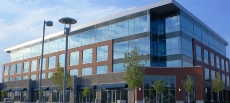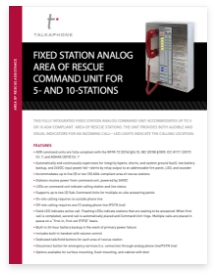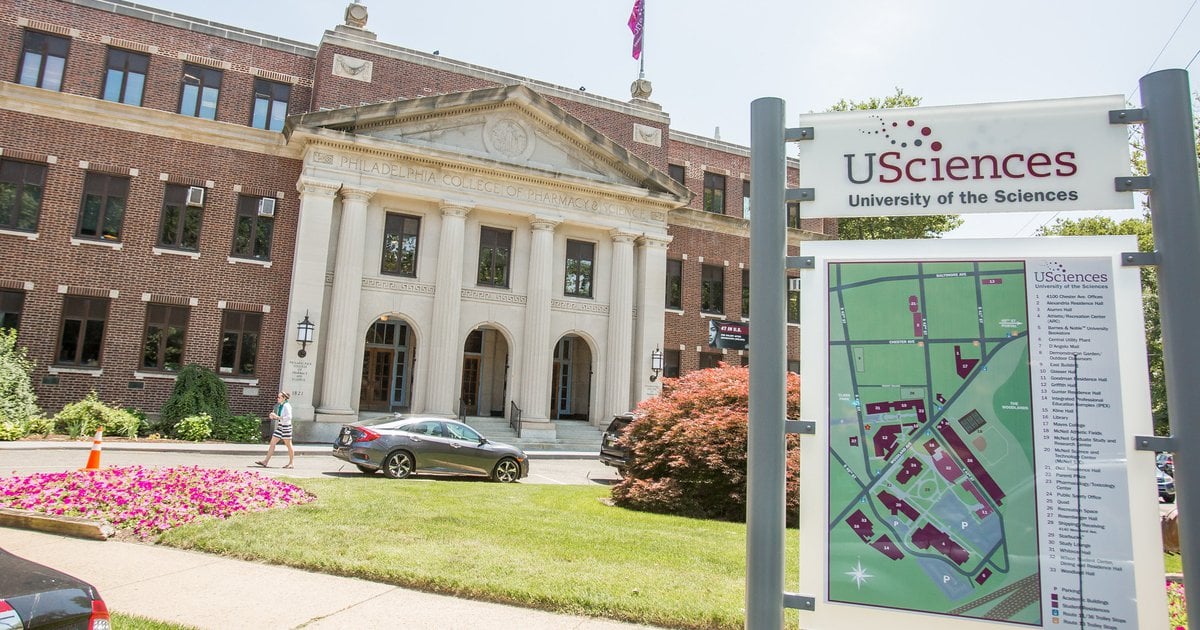University of the Sciences- Security Upgrade
Executive Summary
The University of the Sciences is a private university located in Philadelphia with over 2,200 students, many of whom live on campus. The University of the Sciences recently went through a dramatic overhaul of their security, response and notification system. At the core of this upgrade was Talkaphone's NFPA 72® - 2010, Chapter 24 (ECS) compliant WEBS Contact platform.
Challenges
The safety and security of students, faculty, and guests are paramount for any educational institution. It is always a challenge to implement a system that can not only protect these individuals but also provide the means of responding to any situation. Finding a system that could easily tackle these issues as well as provide individual and mass notification response was key to the University of the Science’s Director of Security, Shawn Woods.
“We wanted to look at a system that was new, up to date, and added additional features that allowed for better two-way communication,” explained Shawn Woods. He added, “Talkaphone allowed us to address multiple issues in regards to our emergency notification and two-way communication. The addition of their WEBS (Wide-Area Emergency Broadcast System) Contact® platform allowed us to implement a mass notification system into our emergency process.”
The University of the Sciences recently went through a dramatic overhaul of their security, response and notification system. At the core of this upgrade was Talkaphone’s NFPA 72® - 2010, Chapter 24 (ECS) compliant WEBS Contact platform. The platform allows the University of Sciences to broadcast live and pre-recorded audio messages to any exterior and interior paging units and emergency phones strategically placed throughout the campus. At the same time, personal notifications via SMS, Email or RSS can be routed to the appropriate segments of the population.
In the planning phase of the WEBS Contact installation, we made a list of some of the most common situations in which you would need to broadcast a message. Even though some of our prerecorded messages are unlikely, we can rest easy knowing we have a prerecorded response to a majority of situations. The entire process was very simple for us and the learning curve was really small.
Shawn Woods
Director of Security
University of the Sciences
Solutions
Talkaphone’s WEBS Contact platform offers a new way to combine independent notification mediums into a comprehensive crisis management solution. In addition to personal notifications and audio broadcast to paging units, WEBS Contact can be integrated with high power speaker arrays and third party paging systems. These combined features make the job of security personnel leaps and bounds easier during a crisis.
Shawn Woods explained why Talkaphone’s WEBS Contact was ideal for the University of the Sciences, “The University of the Sciences is located on the west side of Philadelphia and covers approximately five square blocks. The size of our campus makes mass notification difficult. We needed a way of contacting and providing instructions to all of our students and staff in case of an emergency. Talkaphone’s WEBS Contact platform allowed us to do just that and provide solutions to all of our problems at an affordable price. It allows us to select the location and means by which we contact our students and faculty.”
During an emergency, confusion and slow response time could be detrimental to an institution’s response plan. Being able to provide detailed instructions and information to a specific location or group at the push of a button can save security personnel valuable time during an emergency. Unlike other mass notification systems, Talkaphone’s WEBS Contact allows operators to segment a population of any size geographically and demographically, meeting NFPA 72 2010, Chapter 24 (ECS) requirements.
University of the Sciences new mass notification system allows security personnel to create location-specific pre-scripted emergency notification profiles. In the event of a localized emergency (e.g. a chemical spill), security personnel is able to execute a single notification profile created for this specific event in this specific location.
“We have about ten prerecorded messages ready to go in case of an emergency. Some of the messages are things like police activity, chemical spill, fire and active shooter," explained Shawn Woods. He then continued, “In the planning phase of the WEBS Contact installation we made a list of some of the most common situations in which you would need to broadcast a message. Even though some of our prerecorded messages are unlikely, we can rest easy knowing we have a prerecorded response to a majority of situations. The entire process was very simple for us and the learning curve was really small.”
WEBS Contact mass notification server resides on a dedicated server, which can be accessed by authorized personnel from any remote station on the network. Depending on a scenario and a specific location, a notification profile can then be executed to cover the appropriate segment with the right message. Authorized personnel can also broadcast unscripted messages to cover any situation at hand.
As part of the upgrade, the University of the Sciences has also deployed WEBS emergency towers. These highly visible emergency communications towers feature an all-LED blue light at the top and are capable of broadcasting audio messages at a peak 123dBA at one meter. The sound pressure level can be individually adjusted in each direction to accommodate installation in the vicinity of the residential area.
“I walk by these towers every morning to class and I am really glad they're here,” commented Diana Dao, a sophomore student at the University of the Sciences. “I know that if I need assistance, I always have one of these units nearby”.
The highly visible WEBS towers project safety on campus and are visible from virtually anywhere on campus. During the planning stages of this project, the University of the Sciences staff did a walk-through of the campus and identified all locations where emergency stations should be installed for best coverage.
The careful planning of the system layout has paid its dividends. “I know that one of my roommates used one of these towers to prevent a robbery not too long ago,” remembered Neena Jacob, a sophomore student at the University of the Sciences. She went on, “Now that everyone has cell phones, most will use them in case of an emergency. However, these towers definitely provide students with a safety blanket if they need help while on or around the campus. I definitely think these units are helpful in our parking lots and narrow streets.”
Another distinct feature of Talkaphone's WEBS towers is the local mastering capability. Security personnel can unlock an internal microphone and use it for live broadcast around a specific area.
“Our supervisors especially like the ability to use individual units in the system to broadcast localized messages over the unit’s loudspeaker,” explained Shawn Woods. The local mastering feature often comes handy for crowd control and unscripted emergency events, “For example, if we have an incident at one of our residence halls, one of our supervisors can use a specially designated key on a Talkaphone tower and broadcast instructions using an internal microphone in the unit. This is especially helpful for crowd control.”
Confidence is at an all-time high at the University of the Sciences that emergency communications and the mass notification system will operate reliably when they are most needed. Shawn Woods shared the optimistic outlook, ”These features are everything we could have imagined in a system. We are very pleased with Talkaphone and we plan to expand our current system in the near future”.
TAP-In to Talkaphone and stay up-to-date with our latest news, case studies, white papers, and blogs. Click here to subscribe.












